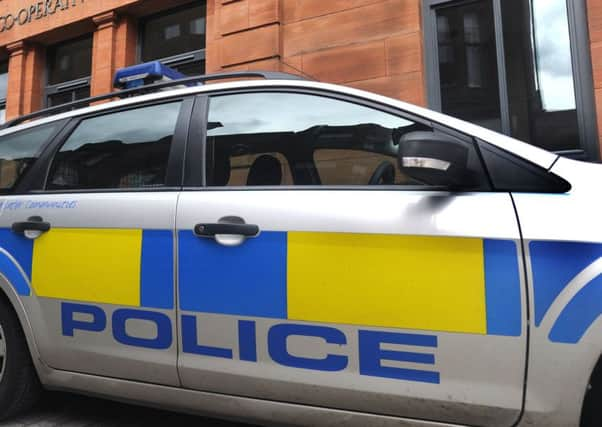Region sees the biggest fall in drink driving offences


The region saw a 56.4 percent reduction in the number of offences in the nine month period following the change.
Figures obtained by AlcoSense Personal Breathalysers show that between December 2014 and August 2015, all but one area in Scotland (based on pre-Police Scotland divisions) reported a reduction in drink driving offences.
Advertisement
Hide AdAdvertisement
Hide AdFife and Forth Valley followed Dumfries & Galloway in the rankings with drink driving down by one quarter and one fifth respectively. Renfrewshire & Inverclyde was the only area to see an increase (4.7 percent).
AlcoSense worked with local police forces in Scotland, England, Wales and Northern Ireland to obtain exclusive data on the relative increases and decreases in drink driving in the first nine months after Scotland reduced its drink drive limit.
The legal alcohol limit in Scotland was reduced from 80mg to 50mg in every 100ml of blood.
Since lowering the drink drive limit Scotland, as a whole, saw a 12.5 percent reduction in drink driving offences compared to a 6.6 percent fall across England, Wales and Northern Ireland.
Across the rest of the UK, England saw drink driving offences fall by 7.3 percent and Northern Ireland by 9.4 percent in the nine month period immediately following December 2014.
Wales was the only nation to register an increase with 6 percent more people charged than the previous year.
Hunter Abbott, managing director of AlcoSense Personal Breathalysers comments: “The legislative change has clearly had an impact in Scotland, with a significantly greater reduction in offences than elsewhere in the UK. People have become increasingly aware of the dangers associated with drink driving.
“Far fewer people are taking the risk of even just having one drink if they have to drive the same night. However, the lower limit has dramatically increased the risk of unintentionally drink driving the morning after, as it now takes two to three hours longer to get below the limit now than it did a year ago*.
Advertisement
Hide AdAdvertisement
Hide Ad“18.5% of drink driving accidents happen the morning after**, many of them unintentional drink driving. You can’t estimate when the alcohol has cleared your system from the night before as everybody processes alcohol slightly differently. The only way to be sure you are clear the morning - and sometimes even afternoon – after is to use a breathalyser.”
AlcoSense produces a range of award winning pocket sized breathalysers designed to give drivers peace of mind the morning after.
Over 50 percent of AlcoSense customers have had a positive reading the morning after when, without AlcoSense, they thought they would have been clear and unintentionally drink driven.
To find out more about AlcoSense visit www.alcosense.co.uk
*On average the human body processes 10-15mg per 100mL of alcohol from the blood per hour. Source: Forensic Consulting Services.
** Department of Transport statistics, RAS 51022. Reported drink drive accidents by time of day: 2013.